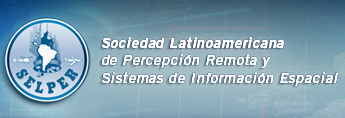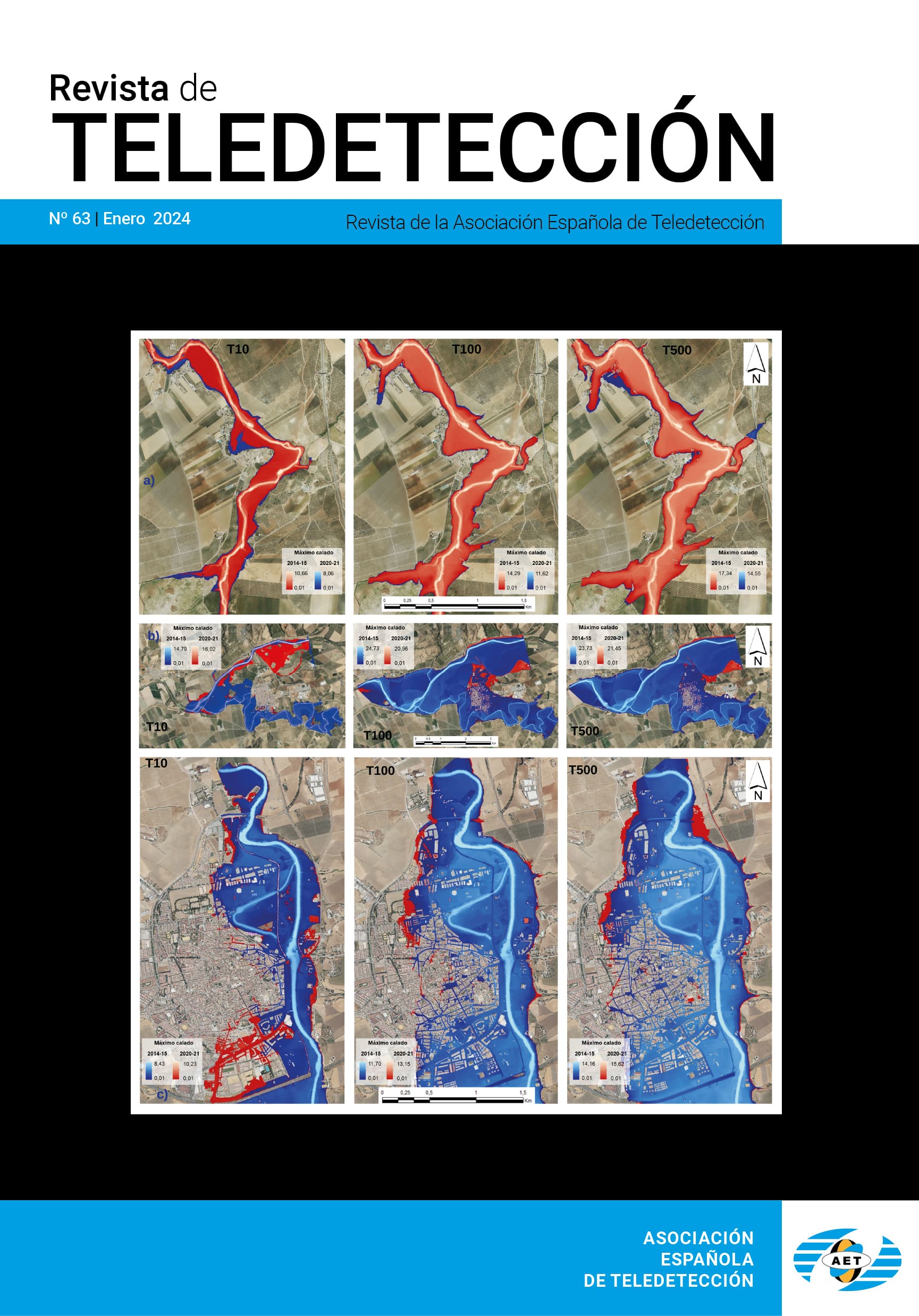Estimación del nivel freático a partir del NDVI Landsat en La Pampa del Tamarugal (Chile)
M. Ortiz (mortiz@ceaf.cl)
L. Morales, P. Silva y E. Acevedo
RESUMEN
El salar de Pintados se ubica en la Pampa del Tamarugal (Región de Tarapacá, Chile). Allí existen 21.696 ha de Prosopis tamarugo Phil., de las que el 14 a 20% se encuentra en mal estado. El objetivo de este trabajo fue evaluar los cambios en el tiempo del estado de la población de P. tamarugo del salar de Pintados y asociarlos a la profundidad del nivel freático. A partir de mediciones mensuales de profundidad del nivel freático tomadas en 21 pozos de observación entre los años 1987 y 2003, se obtuvo un valor medio anual para cada pozo. Para cada año se estimó la distribución espacial de la profundidad del nivel freático mediante interpolación geoestadística a una malla común de 100 x 100 m. Se calculó el índice de vegetación de diferencia normalizada (NDVI) a partir de tres imágenes del satélite Landsat TM adquiridas en tres fechas de los años 1987, 1999 y 2003. Posteriormente se realizó un muestreo sistemático no alineado para extraer puntos en la imagen de satélite y datos interpolados de profundidad de nivel freático. Con esa información se realizó un análisis de regresión lineal, en el que se observó que los años 1999 y 2003 presentaban una relación similar entre NDVI y profundidad del nivel freático, mientras que el año 1987 mostró un comportamiento diferente. Para el año 1987 el coeficiente de determinación fue de 0,83 (P ≤0,05) y en los años 1999 y 2003 fue de 0,86 (P ≤0,002). A partir de la ecuación de regresión lineal para los valores de NDVI y profundidad de nivel freático de los años 1999 y 2003 se estimó que los tamarugos del salar de Pintados disminuyeron su actividad (NDVI = 0,1) cuando la profundidad del nivel freático fue de 10,0 m.
Palabras Clave: Prosopis tamarugo Phil., NDVI, freatófita, defoliación, nivel freático.
ABSTRACT
The salar de Pintados is located in the Pampa del Tamarugal (Tarapacá Region, Chile), where there are 21,696 ha of Prosopis tamarugo Phil., of which 14 to 20% is in poor condition. The aim of this study was to evaluate changes over time in the status of the population of P. tamarugo of the Salar de Pintados and associate it with the depth of the water table. From monthly measurements of water table depth taken in 21 observation wells between 1987 and 2003, we obtained an average annual value for each well. For each year was estimated spatial distribution of water table depth using geostatistics interpolation to a common grid of 100 x 100 m. We calculated the normalized difference vegetation index (NDVI) from three Landsat TM images acquired on three dates for the years 1987, 1999 and 2003. Later a systematic non-aligned sampling was made to extract points in the satellite image and interpolated data of water table depth. With that information we performed a linear regression analysis, which showed that 1999 and 2003 had a similar relationship between NDVI and water table depth, while the year 1987 showed a different behavior. For 1987, the coefficient of determination was 0.83 (P ≤0.05) and in the years 1999 and 2003 was 0.86 (P ≤0.002). From the linear regression equation for NDVI values and water table depth in the years 1999 and 2003, it was estimated that in the Salar de Pintados P. tamarugo decreased their activity (NDVI = 0.1) when water table depth was 10.0 m.
KEYWORDS: Prosopis tamarugo Phil., NDVI, phreatophyte, defoliation, water table.
PULSE AQUI PARA DESCARGAR EL ARTÍCULO COMPLETO








